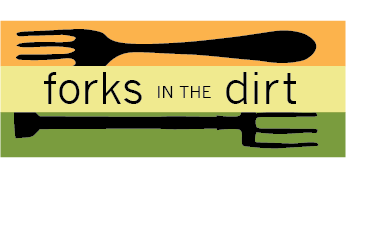Finally! Fingers crossed, we are done with the snow. After a MN winter that decided to move back in, we deserve to have our senses overwhelmed with Spring in all its glory. At the same time, people are getting more into local food. Sounds like a recipe for an explosion in foraging for food.
In case you’re not quite there, hang with me for a minute. Ramps, mushrooms, fiddleheads (the still unfurled fern) and the elusive wild asparagus are all Spring favorites of the Minnesota forager. Berry season is another bountiful blessing. If you want to look at some beautiful ‘found’ eats check out this Pinterest page! Now, that’s the kind of page I could get lost on.
Ground Rules of foraging: respect private land, find out if the public land you’re on allows foraging, sustainable harvesting and to find out what if any chemicals have been sprayed.

For our cozy little time together let’s tackle the savory, short lived ramp; AKA ramsons or wild leek. You know you’re cool when you have three names.
I’ve known about the patch of ramps in my parent’s woods for years, I remember I dug one up decades ago and was utterly confused because they looked like an onion but smelled like garlic and were not so great raw. Turns out they’re the trendy hipster cousin to the onion now in high demand. I usually steer clear of trends (I’ve finally learned my lesson, thank you 1980’s) but these potent little pearls have me jumping on the spring foraging bandwagon. These alliums are taking over the foodie world again this Spring and my kitchen will smell like ramps for the foreseeable future.
What exactly are we talking about here? They are in the allium family, meaning onion. And what they lack in size, they make up for in smell. You can sometimes locate them by smell just as well as sight, but they are some of the earliest greenery popping up from forest floors each Spring. Continue reading
Like this:
Like Loading...


















